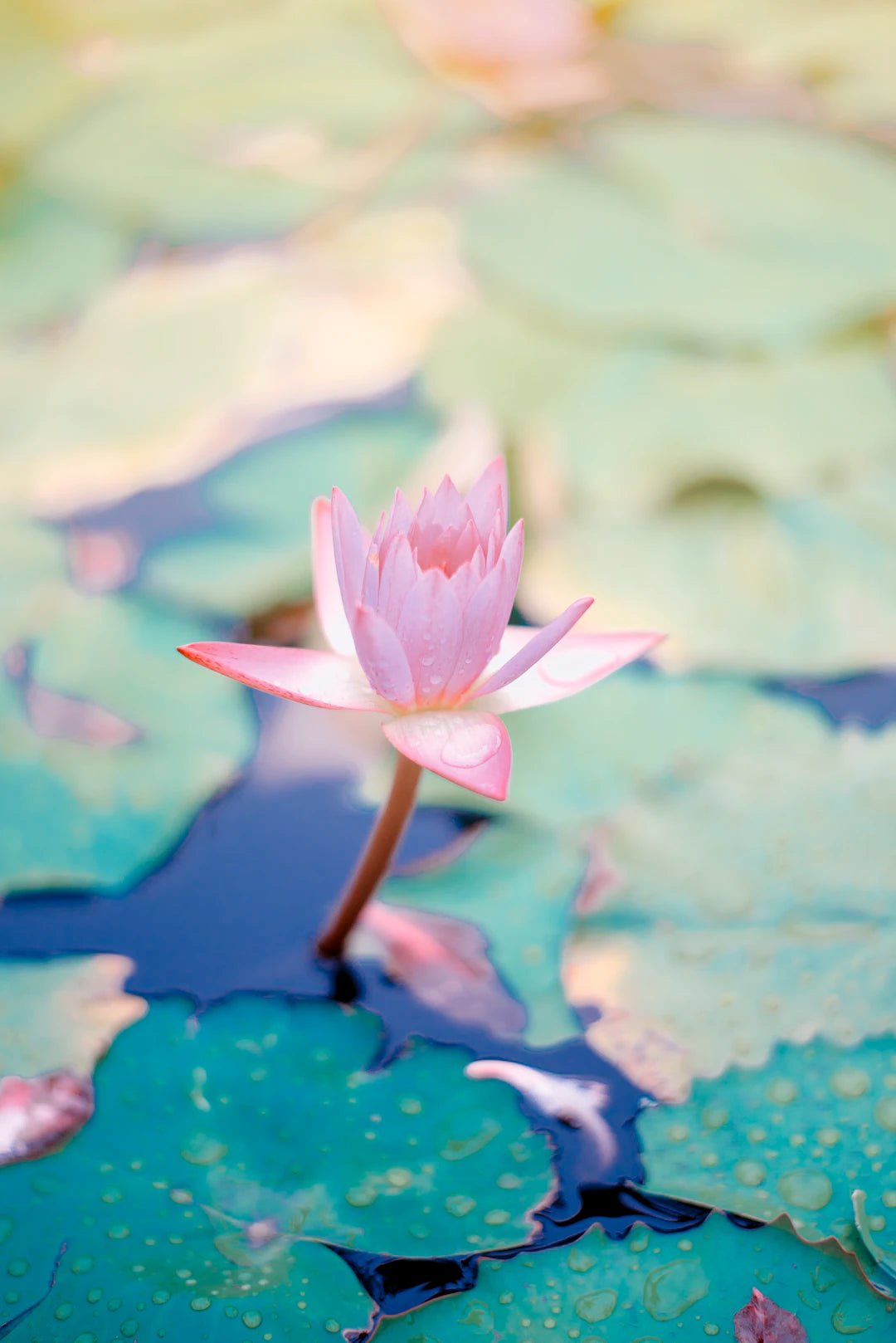
Flowers have been an essential part of human culture for centuries, providing beauty and fragrance to our lives. When it comes to funerals, flowers serve as poignant symbols of love, remembrance, and honor. In this blog post, we delve into the fascinating history of flower preservation in funeral practices, exploring how different cultures have embraced this tradition and how it has evolved to meet modern needs. Join us as we uncover the rich history behind flower preservation and its enduring significance in commemorating our loved ones.
The Ancient Roots of Flower Preservation
The tradition of using flowers in funerals can be traced back to ancient civilizations. In Egypt, flowers played a significant role in funerary rituals. The Egyptians believed that flowers such as lotus and papyrus had profound spiritual meanings and were often placed in tombs to accompany the deceased on their journey to the afterlife. These flowers would be dried and preserved as a way to retain the memory of the loved one.
Similarly, in ancient Greece, flowers were used to adorn the graves of the departed. The Greeks believed that flowers had the power to appease the spirits of the dead, with daisies and violets being particularly popular. The process of drying and preserving flowers began here, with families creating floral wreaths that would serve as lasting memorials to honor their cherished ones.
The practice of using flowers in funerals transcends cultural boundaries. Throughout history, various societies have developed unique customs surrounding flower preservation, each with its symbolic meanings.
Asian Traditions
In many Asian cultures, flowers have deeply spiritual connotations. In China, for instance, the chrysanthemum symbolizes death and is often used during funeral rites. Families will offer wreaths or arrangements featuring these flowers in vibrant displays, reflecting their bond with the deceased. To preserve the memory of loved ones, Chinese families frequently turn to drying techniques that keep the beauty of chrysanthemums intact.
In Japan, the practice of Ikebana (the art of flower arrangement) extends beyond mere beauty; it embodies spirituality and respect for nature. When mourning, Japanese families often arrange flowers in the Ikebana style, emphasizing balance and harmony. Preserving these arrangements allows families to cherish the fragility and transience of life.
Western Hemispheric Customs
In Western cultures, daisies, lilies, and roses have long been associated with death. Victorians, in particular, took flower symbolism to new heights, using flowers to convey specific messages to convey feelings of grief or admiration. This led to a surge in flower preservation techniques. By drying flowers and creating bouquets, families could maintain a physical reminder of their loved ones, transforming them into lasting tributes.
The Evolution of Flower Preservation Techniques
As we journey through history, the techniques of flower preservation have evolved significantly. From ancient methods to modern innovations, each era has left its mark on how we remember the departed through flowers.
Traditional Methods
Historically, the most common method of preserving flowers involved air-drying. This technique required minimal resources—simply hanging the flowers upside down in a dark, dry place. Over time, this practice resulted in desiccated blooms that retained some of their color and charm. By the 19th century, the technique of pressing flowers became popular, allowing families to create keepsakes such as pressed flower albums.
Modern Preservation Techniques
With advances in technology, more contemporary methods for preserving flowers have emerged. Today, many families opt for professional preservation services that utilize techniques such as freeze-drying, which retains the flower's shape and color much better than traditional methods. This innovation has allowed for the creation of stunning floral arrangements that can be displayed as memorial art, providing comfort and beauty for years to come.
Flowers and Grief: The Therapeutic Effect
The incorporation of flowers in funeral practices is not merely aesthetic; it serves a vital emotional purpose. The act of honoring the deceased with flowers fosters a space for reflection and healing during a time of grief. Studies have shown that flowers have a calming effect, reducing stress and enhancing emotional well-being.
The vibrant colors and soothing scents of flowers can evoke fond memories, making them an integral part of the mourning process. Families often find solace in arranging flowers or creating memorial displays, allowing them to focus on their love for the departed rather than solely on their absence.
Modern-Day Practices
In today's world, the relevance of flower preservation continues to grow. Many people seek personalized ways to remember their loved ones, leading to innovative practices in the realm of flower preservation during funerals.
Personalized Flower Arrangements
A notable trend is the customization of flower arrangements based on the deceased’s favorite blooms or colors. This personalization can transform a traditional arrangement into a unique tribute. Many families choose to preserve these arrangements, creating lasting memories that can be displayed in their homes or gardens.
Creative Alternative Uses
Contemporary flower preservation has also sparked creative alternatives. Some families opt to turn dried petals into jewelry, creating wearable memorials that carry their loved ones' essence. Others have experimented with creating potpourri or infused oils, preserving the fragrance of flowers for future enjoyment.
The Future of Flower Preservation
As society continues to evolve, so does the approach to flower preservation in funerals. Environmental consciousness is leading many to seek eco-friendly options. Biodegradable floral burial pods and preserved flowers that don’t contribute to waste have gained popularity. This shift reflects a collective yearning to celebrate life while honoring nature.
Furthermore, with the rise of digital technology, many families are preserving memories through virtual platforms. Creating online memorials adorned with images of preserved flowers offers a beautiful way to share stories and facilitate discussions about loved ones who have passed.
Embracing the Legacy of Loved Ones
The journey of flower preservation in funeral practices is filled with rich traditions and cultural nuances. From ancient rituals to modern customs, the importance of flowers in commemorating our loved ones has remained constant. These delicate blossoms serve as a bridge between life and death, allowing us to keep precious memories alive.
As you navigate your own journey of remembrance, consider the myriad ways flowers can touch your heart and soul. From personalized arrangements that reflect the individuality of your loved one to preserving their essence for years to come, the possibilities are endless. So the next time you gather flowers to honor someone you care about, remember that you are continuing a timeless tradition steeped in love, remembrance, and healing.
Discover the creations of a fellow Shopify store owner by exploring their online store. Simply click here to access the store. Please remember that this is a promotional link, and we cannot be held responsible for the content of the linked store.
